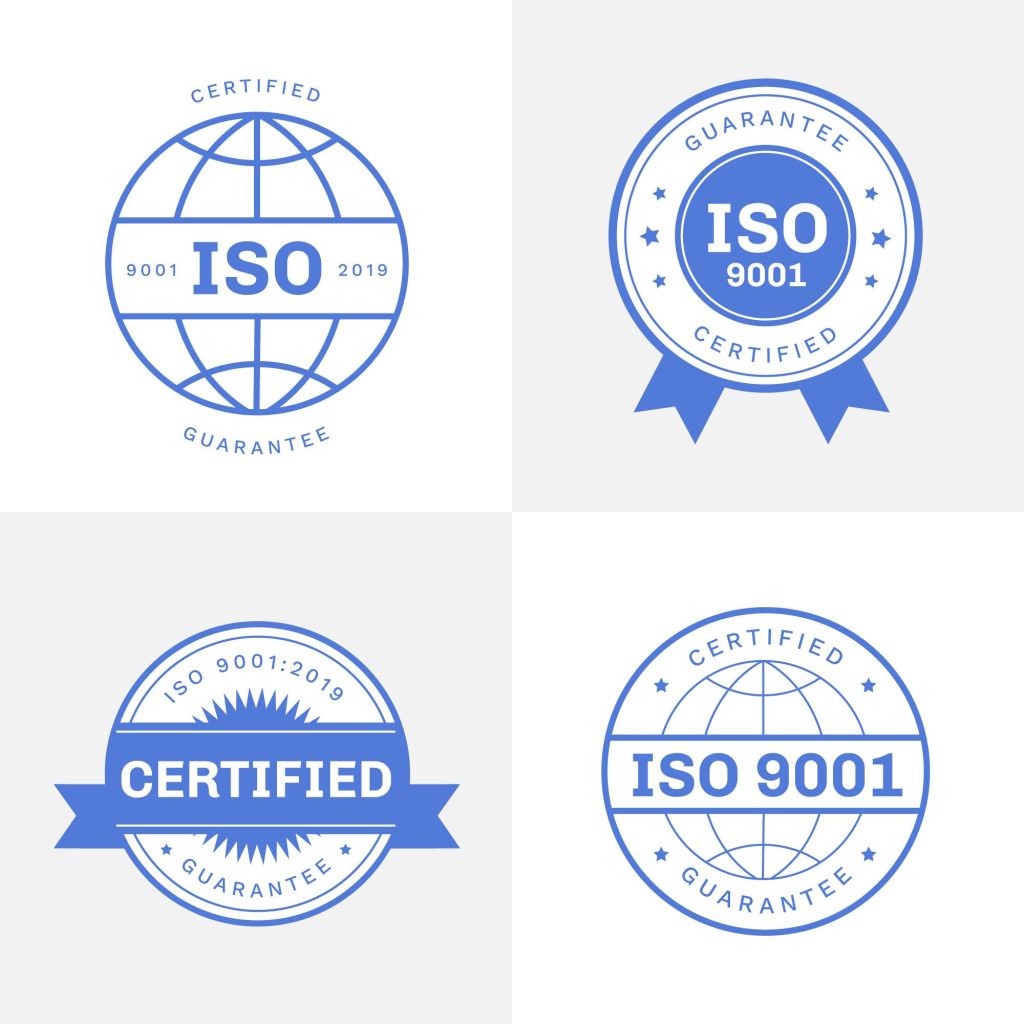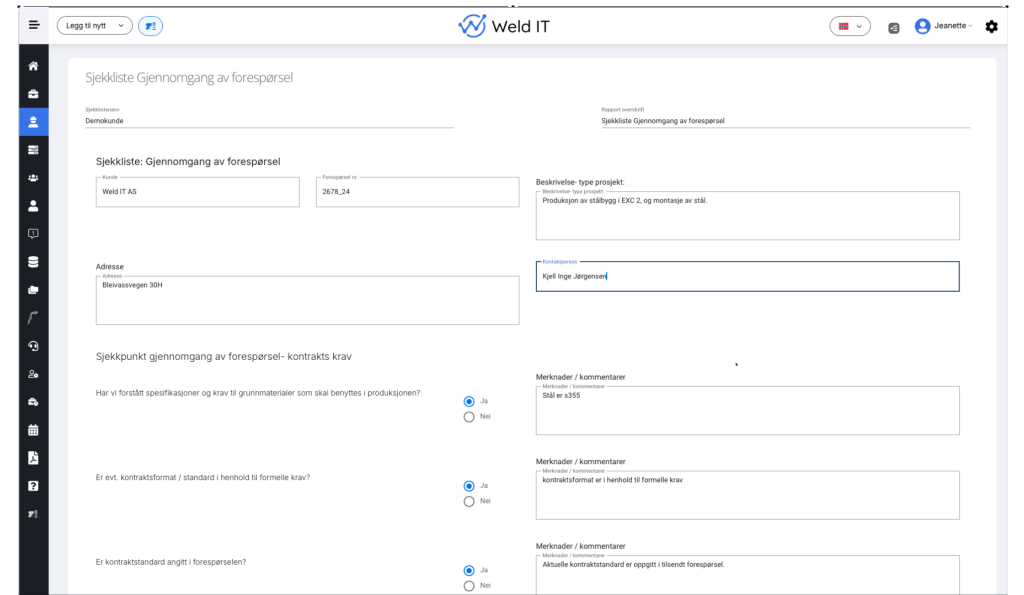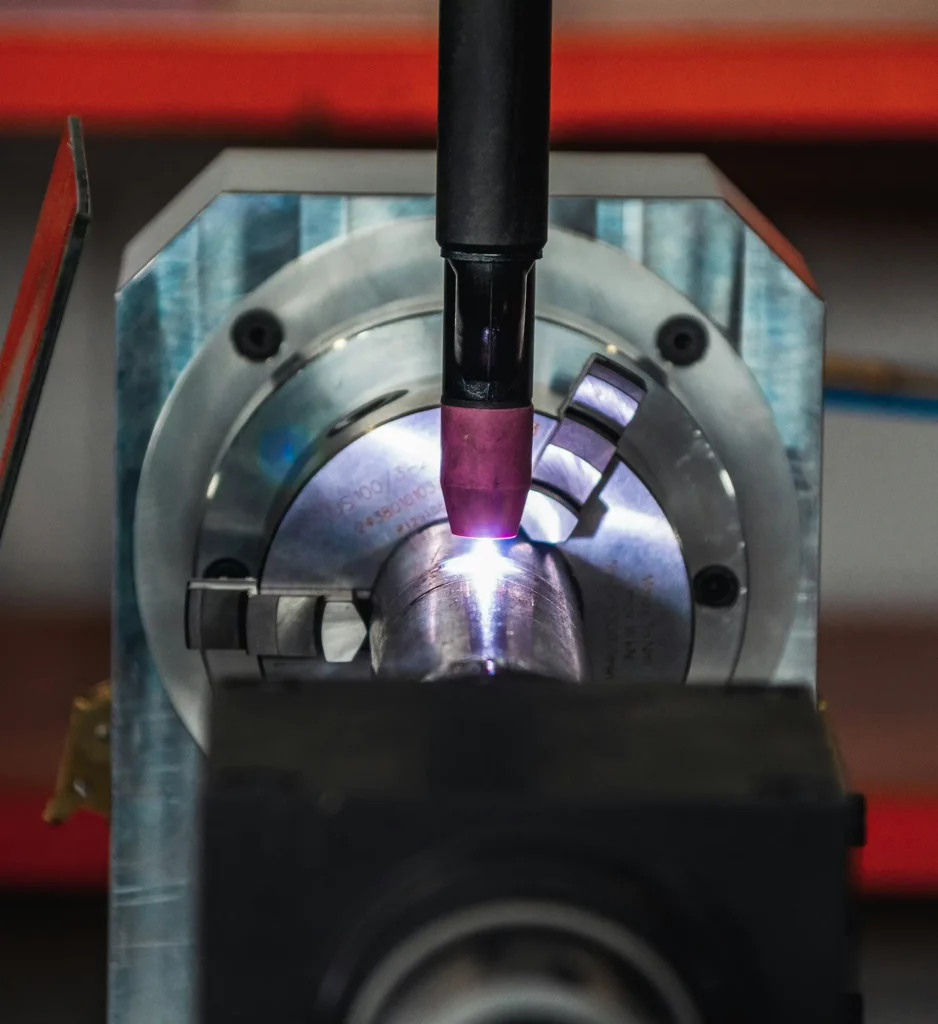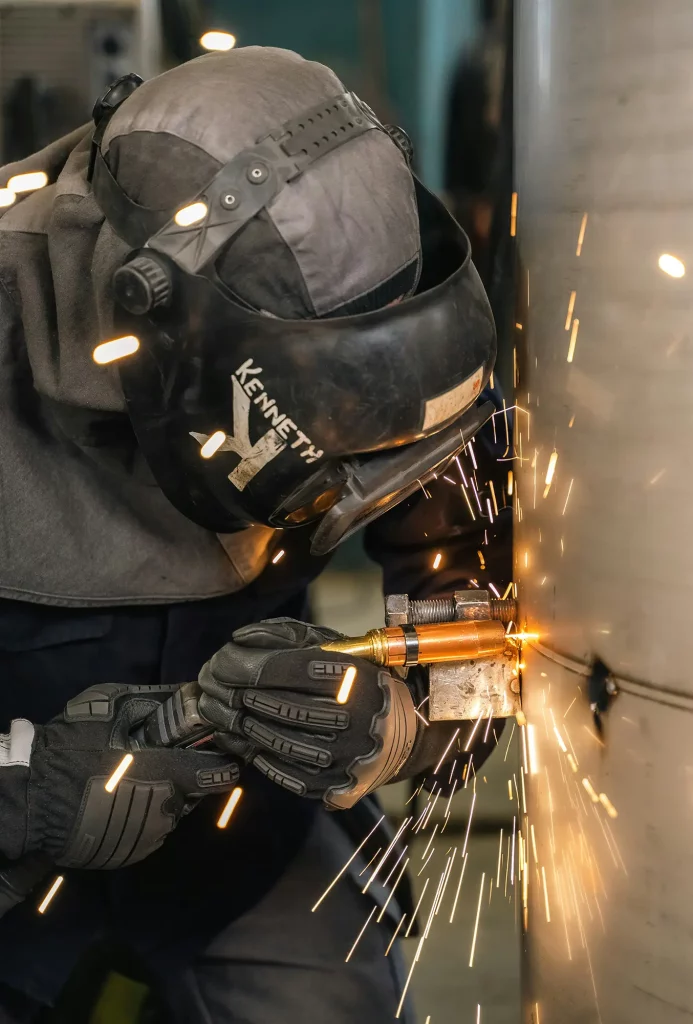I større virksomheter er kvalitetssikring og en internkontroll et viktig element for å styre og for å vedlikeholde virksomheten. I mindre bedrifter kan det derimot ofte bli vanskelig å dedikere seg fullstendig til slike systemer og prosesser for rapportering, kontroll og forbedringsarbeider. Likevel er det viktig at papirarbeidet er i orden, om det skulle hende at det oppstår tap eller skade, eller om det oppdages mangler ved kvaliteten på produksjonsprosessen, eller på det ferdige produktet.
Ett viktig skille: Kvalitetssikring og internkontroll er ikke det samme
Selv om nesten alle bruker begrepene internkontroll og kvalitetssikring ved siden av hverandre, en uvane som vi selv forsterker med denne artikkelen, så er det et markant skille mellom de to prosessene. Begge er del av et aktivt HMS-arbeid, og begge prosessene er lovpålagte i større eller mindre grad, selv om kvalitetskontrollen i stor grad er regulert sivilrettslig, virksomheter imellom. De griper inn i hverandre, men det er hjelpsomt å skille internkontroll fra kvalitetssikring for å forstå deres hensikt.
Kvalitetssikring i grove trekk
Kvalitetssikringsprosessen på sin side, har som målsetning å skape enhetlige standarder for kvalitet på produkter og tjenester. Innenfor mange bransjer finnes det kvalitetskrav som er lovpålagte, så vel kvalitetskrav som er mer eller mindre frivillige, selv om sertifiseringer av kvalitet og standarder gjerne er en betingelse for kontrakter med større selskaper.
Standarder for kvalitet som brukes i dette arbeidet defineres gjerne under NS – Norsk Standard, EN – European Norm, eller som ISO: Standarder som er sammenføyd og gitt av den Internasjonale Organisasjonen for Standardisering, som er en ikke-statlig paraplyorganisasjon for å skape enhetlige standarder for det meste i verden.
Rent vitenskapelig og filosofisk er det vanskelig å måle kvalitet. Det vi praktisk gjør, er at vi måler og dokumenterer hvorvidt “en oppskrift er blitt fulgt”,og ikke “hvordanmatretten faktisk smakte”. Ved avvik, om et produkt eller en arbeidsgang ikke fungerte i samsvar med den ønskede målsetning, kan du gå tilbake for å se på alle produksjonsskritt som de er loggført, som for eksempel målingen av tykkelsen på et brukt metallelement, hvilken type sveisesøm som er blitt lagt, og posisjonen som det ferdige produktet ble montert i, så vel som hvem som gjennomførte de forskjellige produksjonstrinnene, og hvem som hadde den aktive ledelsen.
-Slik griper kvalitetssikringsarbeidet også inn i mange av de generelle HMS-rutinene, som kan trekke veksler på loggføringer og rutinemessigarbeid som gjøres i sammenheng med daglig kvalitetssikring.
ISO-9000 – standarden som et eksempel på kvalitetssikring
Om vi bruker ISO 9000-systemet som et godt og utbredt eksempel for systemer for kvalitetssikring, kan vi oppsummere en del ideale fordeler ved dette systemet, når det implementeres på riktig vis:
Når rapporteringssystemet for kvalitetssikring fungerer, gir det bedriftsledelsen, entreprenørene og andre i styrende posisjoner, et fjell av kunnskap å stå på, slik at de skal kunne ta opplyste avgjørelser basert på fakta.
Utover dette er ISO-9000 systemet på mange vis et universalspråk som gjør det enklere å kommunisere ønsker og behov, på tvers av landegrenser, kulturer og språk, slik at mange parter kan vite hva som forventes av dem i forhold til standard gjøremåter og produktkvalitet.
Picture
I store prosjekter betyr dette sparte penger, og høyere kvalitet for kunder og sluttbrukere, men også en oversiktlig arbeidsgang og en sikkerhet for dem som gjennomfører de forskjellige arbeidstrinnene. Dette betyr dermed også at virksomheter som følger ISO-9000 – systemet foretrekkes når store prosjekter ser etter partnere, og svært mange av de sertifiserte virksomhetene, ser en markant økning i forespørsler og faktiske oppdrag.
Internkontroll i grove trekk
Internkontroll er i Norge derimot noe som er direkte foreskrevet av myndighetene, i kraft av Interkontrollforskriften, eller; “Forskrift om systematisk arbeid med helse, miljø og sikkerhet i virksomheter”. Dette er et overordnet kontrollsystem som trekker inn blant annet kvalitetskontroll, og som bruker liknende praktiske metoder, for å systematisere kontrollarbeidet og tilsynsarbeidet med mange andre faktorer.
Internkontrollforskriften trekker inn forskjellige norske lovverk, som arbeidsmiljøloven, loven om tilsyn med elektriske anlegg, loven om brann og eksplosjonsvern, og forurensingsloven. Petroleumsutvinning og shipping omfattes ikke av internkontrollforskriften, men de har tilsvarende regelverk som er tilpasset til de spesielle betingelsene. Dokumentet utgis i felleskap av alle tilgrensende departement, og kan bestilles i aktuell papirversjon fra Arbeidstilsynet.
Målsetningen med forskriften er at bedrifter i Norge skal utvikle like systemer for hvordan de gjennomfører sitt HMS-arbeid. Formålsparagrafen i forskriften krever systematisk gjennomføring av forbedringer med hensyn til arbeidsmiljø, sikkerhet, forebyggende helsearbeid, og hindring av miljøskader fra produkter og tjenester som leveres, så vel som at oppføring og videre bruk skal være trygg for tredjepersoner.
Systemet for internkontroll kontrolleres av mange forskjellige tilsynsmyndigheter
Videre forskjell ovenfor kontrollerer forskjellige myndigheter at internkontrollforskriften følges opp i en virksomhet. For en virksomhet i byggebransjen kan dette bety kontroller på en rekke forskjellige punkter, og papirarbeidet skal forelegges ved eventuell kontroll. Kontrollene kan komme fra arbeidstilsynet, men også fra mange andre instanser, som brannvesen, fylkesmannens kontor, eller Miljødirektoratet.
Hva bør finnes i internkontrollsystemet ditt ved tilsyn?
Dette inkluderer publiserte instrukser om bruk av verneutstyr, som hjelm, arbeidsuniform eller vest i farger som blir lagt merke til, eller støvmasker og gassmasker. Det kan være en allmen branninstruks, eller spesifikke branninstrukser og sikkerhetsinnstrukser for omgang med potensielt farlig materiale, som gass, drivstoff eller andre kjemikalier.
Avtalen om ansvarlighet og kontroll av elektriske anlegg bør også foreligge. Dertil skal det fremkomme hvem som er verneombud og medlemmer av AMU-utvalget på arbeidsplassen. I tillegg bør det kunne vises til et introduksjonsprogram for nyansatte, belegg for gjennomførte risikoanalyser, og sjekklister for årlig gjennomgang og vurdering av ditt HMS-system.
Avviksrapporter bør foreligge i systematisert form, sammen med avvikshåndteringen. Medarbeidersamtaler bør dessuten dokumenteres, og det bør foreligge handlingsplaner for hvordan virksomheten håndterer diverse utfordringer som er
Alle som arbeider på byggeplasser eller store anlegg skal dessuten bære et HMS-kort på seg. Det er arbeidsgiver sin oppgave å sørge for å bestille kortet, så vel som at han har ansvar for alle andre HMS-rutiner. Utover dette skal kontraktører skal sjekke at kortet er på plass, men de skal også kreve egenerklæring om HMS-rutiner, for ikke selv å bli stilt til ansvar om internkontrollforskriften ikke følges.




